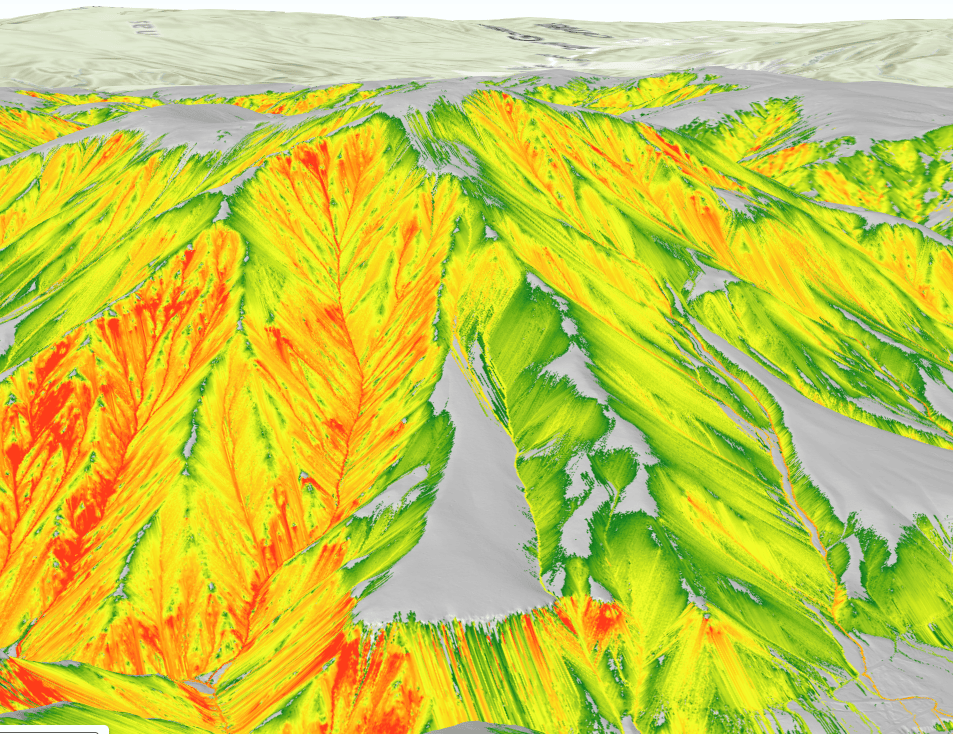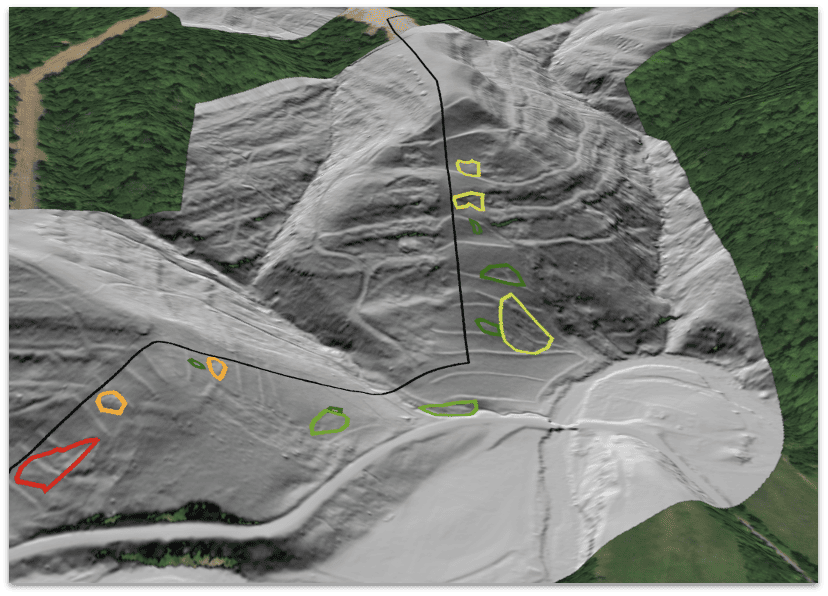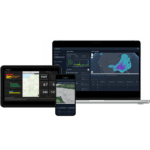In today’s rapidly changing climate, transportation infrastructure faces growing challenges from environmental and climate-related hazards. Roads, highways, railways, and critical transit corridors are increasingly vulnerable to extreme weather events, shifting climate patterns, and other environmental risks. Addressing these risks requires a robust suite of advanced analytics to inform proactive planning, prioritize investments, and support resilient infrastructure strategies. Here’s an overview of Teren experts’ top analytics that transportation professionals can leverage to identify, monitor, and mitigate environmental threats.
1. Weather and Climate Analytics
Extreme weather events, from severe storms to temperature extremes, can greatly disrupt transportation networks. Weather and climate analytics apply real-time and historical data to model and forecast these events, enabling transportation planners to identify vulnerabilities, reinforce high-risk areas, and optimize asset management strategies. This data-driven approach ensures resilience through strategic preparation and asset allocation.

2. Flooding Risk & Hydrology Analytics
Flooding remains a top risk, especially in flood-prone regions where infrastructure can be severely impacted. Hydrological models, combined with real-time weather data, help forecast flood events, allowing transportation professionals to anticipate and respond to waterway risks. With these insights, agencies can make timely decisions such as reinforcing structures, rerouting critical power lines, and relocating assets, minimizing the operational impact of flooding.
3. Geospatial Hazard Mapping

Geospatial hazard mapping identifies high-risk zones for geohazards, such as landslides, earthquakes, erosion, and other geophysical risks associated with earth movement. Using satellite imagery, LiDAR, and GIS data, transportation professionals can pinpoint vulnerable areas and assess asset risk. This type of spatial analysis is essential for informed decision-making around road placement, emergency preparedness, and risk management, helping to support long-term infrastructure resilience.
4. Infrastructure Condition Monitoring
Routine monitoring of infrastructure conditions is crucial for maintaining resilience. Using sensor data, remote sensing technologies, and regular inspections, transportation managers can track maintenance needs, assess wear and tear, and prioritize interventions based on environmental risk. Asset management systems further support proactive maintenance planning, ensuring long-term infrastructure integrity amid changing climate patterns.
5. Environmental Compliance and Impact Analytics
Adhering to environmental regulations and minimizing ecological impact are fundamental to resilient infrastructure. Compliance analytics help transportation agencies monitor their environmental footprint, meet legal requirements, and support sustainability goals. This ensures that infrastructure projects not only withstand environmental challenges but do so responsibly, with minimal impact on surrounding ecosystems.
Work Smarter with Big Data
Integrating environmental intelligence into safety management strategies allows transportation authorities to proactively address risks and enhance road resilience. By leveraging these top analytics, transportation companies can effectively manage environmental hazards, ensure compliance, and protect both infrastructure and the surrounding environment.


How can Teren help you?
We'd love to hear from you.
- Ready to dive deeper? -
Knowledge Hub
White Papers
Webinars